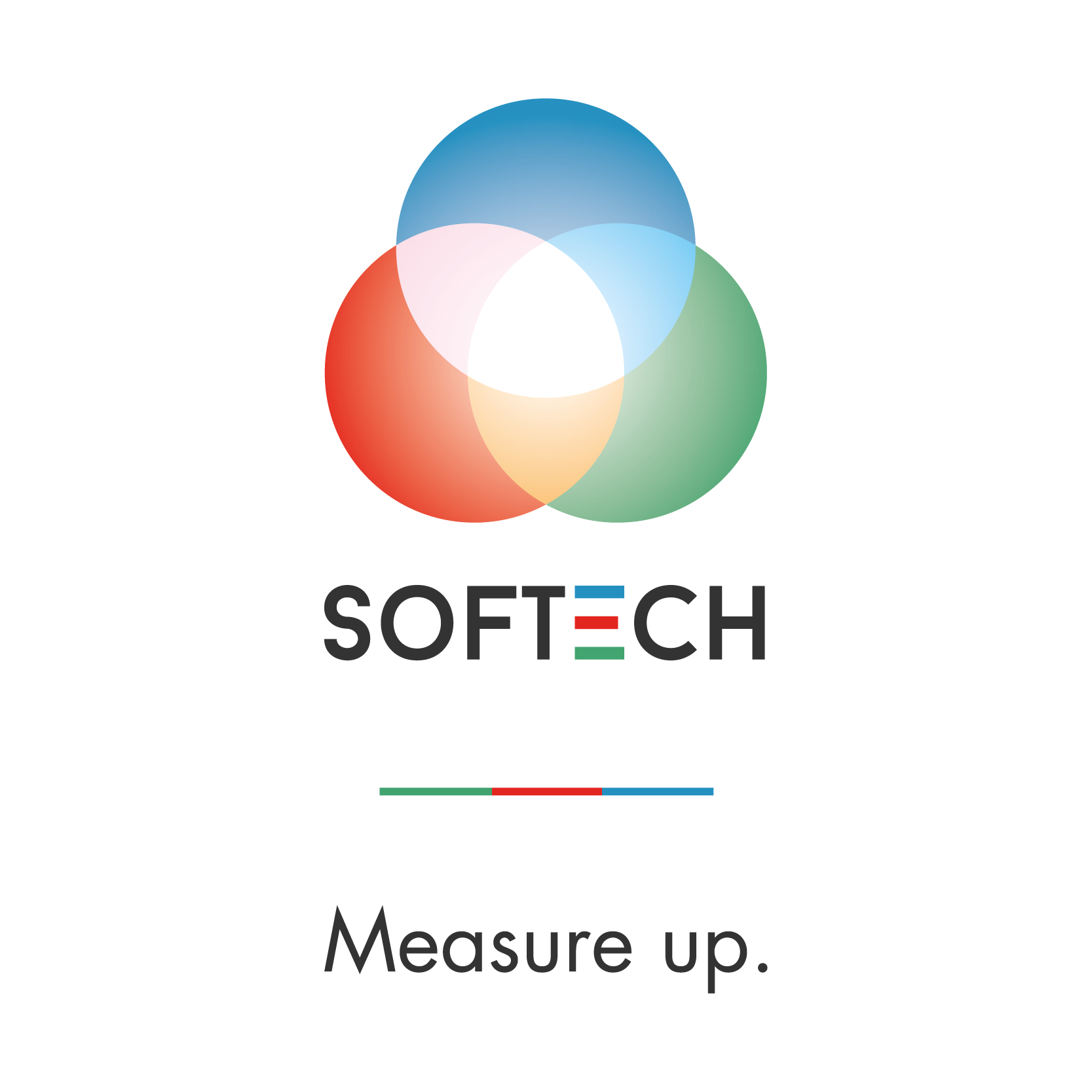Traffic Monitoring: 3 detection tools
A traffic monitoring system can be considered as an information chain consisting of the following parts:
- Sensor: device that produces a signal describing the characteristics of the phenomenon to be detected
- Detector: encodes the information detected by the sensor
- Trasmission System: transfers the coded information to the central unit
- Treatment System: processes the data according to the purpose for which they were collected.
Detection methods are essentially two:
- Manual: detection is performed by a human operator
- Automatic: detection takes place through ad hoc systems
For long-term operations, the automatic mode is certainly more suitable as it allows data to be collected reliably and accurately.
An automatic monitoring system usually consists of four basic components:
A detector, an interpreter, a recorder and a computer.
There are various detection technologies to choose from depending on the purpose being pursued.
Among the most common: inductive loops, triboelectric cables and pneumatic tubes.
Inductive Loops
An inductive loop is nothing more than a winding of electric wire, normally consisting of one or two turns arranged in a square or rectangular shape; the current that passes inside the wire generates a magnetic field that undergoes a variation as the metal structure of the vehicle passes; this variation produces an electrical signal that allows the detection of the passage (as well as of the characteristics) of the vehicle.
A monitoring system based on inductive loops generally consists of one or two loops placed on the sides of the carriageway and connected to a detector device. The loops can be installed above the pavement or embedded in the road surface depending on whether the detection system is temporary or permanent.
To date this appears to be the most widely used method. The reasons can be traced back to low costs (mostly related to installation), the accuracy of the measurements that are not affected by atmospheric phenomena and the long life of the instrument.
Pneumatic Tubes
ensor consisting of a pneumatic tube positioned on the carriageway and connected to a counter device placed at the edge of the road. When the wheels of a vehicle crush the pneumatic tube, a pressure wave is generated inside it which generates an impulse in the meter.
Ease of installation and low cost are the main advantages of the sensor which, however, also has some disadvantages, including:
- counting inaccuracy in the case of high flows
- the impossibility of obtaining the transit data of multiaxial vehicles (in fact a truck with six axles is detected as three u.v.e.)
- danger of detachment of the pipe from the road pavement
- the inability to count on multiple lanes
- the risk of mechanical breakage of the tube especially by heavy vehicles
Triboelectric Cables
Similar to that with pneumatic tubes, but it is based on the triboelectric effect, that is the electrification by rubbing of a dielectric material. In practice, when the wheels of a vehicle pass over the cable, the steel wires of the outer ring of the cable rub the surface of the dielectric material, electrifying it, and thus causing an accumulation of electric charge; this involves sending an electrical signal and therefore recording the passage of the vehicle axis.
Therefore, similar to pneumatic tubes, triboelectric cables count the vehicles in transit starting from the detection of the axles of the vehicles themselves. However, compared to pneumatic tubes, triboelectric sensors are to be preferred because they are more robust and resistant, less visible and in any case not much more expensive.
Leggi le altre news
G-SMART: ADR – Aeroporti di Roma chooses our system for IoT monitoring and benchmarking of trolley collection areas.
An IoT infrastructure for the active and continuous monitoring of the trolley collection areas at Fiumicino International Airport. G-SMART is the GSE tracking system that combines different technologies (RFID, Bluetooth, ADS-B, GPS) to create the best performing solution depending on the application scenario. IPS – indoor positioning systems – are systems that allow objects to […]
India: Cochin International Airport chooses our noise monitoring system SARA
India’s Champion of the Earth relies on Softech to monitor aircraft noise With numerous international awards and recognitions obtained for its operational efficiency and green commitment, Cochin International Airport Limited (CIAL) has chosen to rely on our SARA environmental monitoring system to monitor noise emissions from aircraft. Equipped with fixed and mobile control units and […]
SARA Indoor: Riyad Airports Company (RAC) signs the contract for the supply of our system
Sustainability and innovation: the project for monitoring the quality of the indoor environments at Riyad King Khalid International Airport has officially started The management of indoor air quality (IAQ) in public spaces is assuming considerable importance. Busy environments, such as airport terminals, are currently being considered as possible hot spots, and IAQ is a crucial […]


